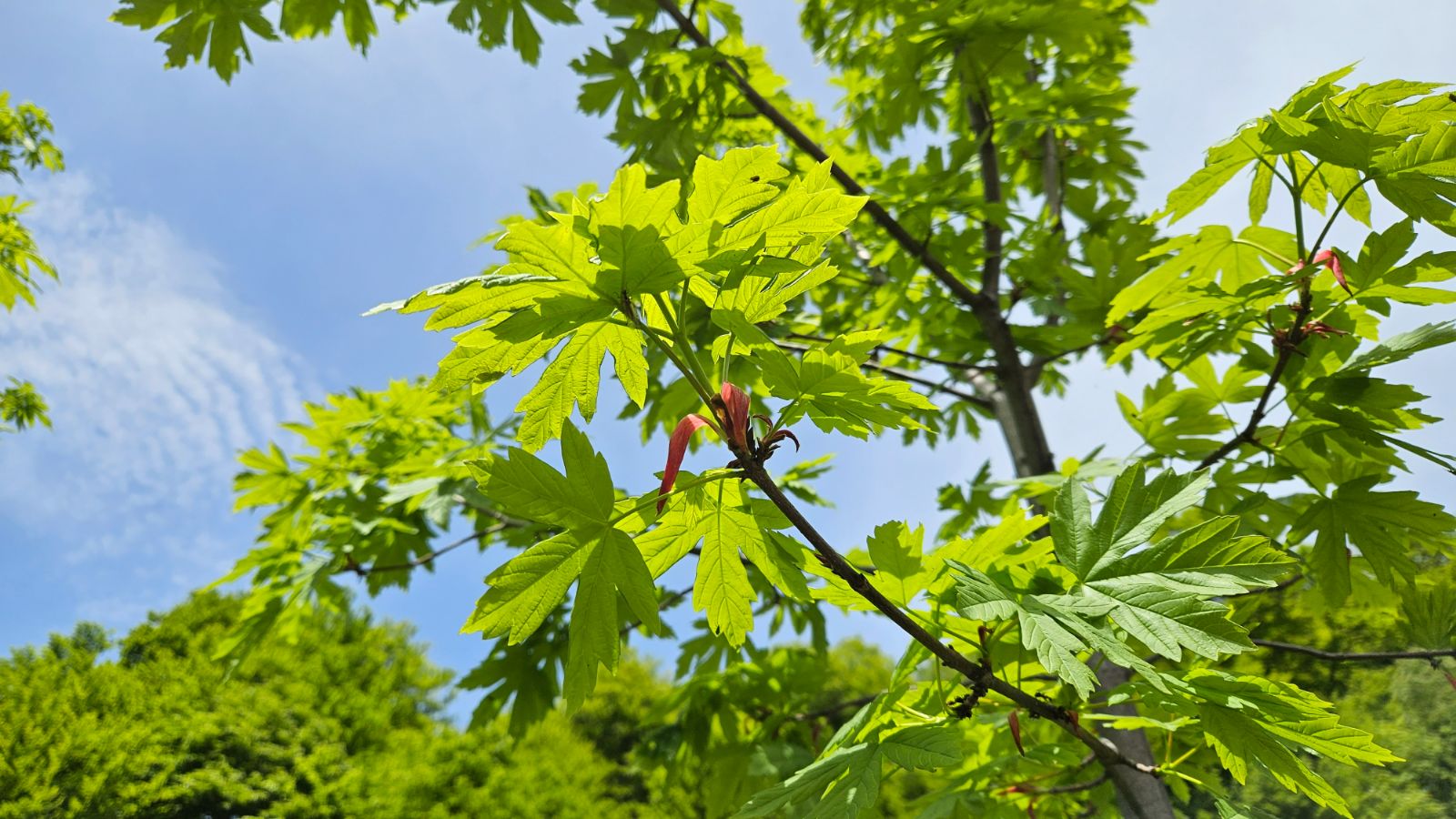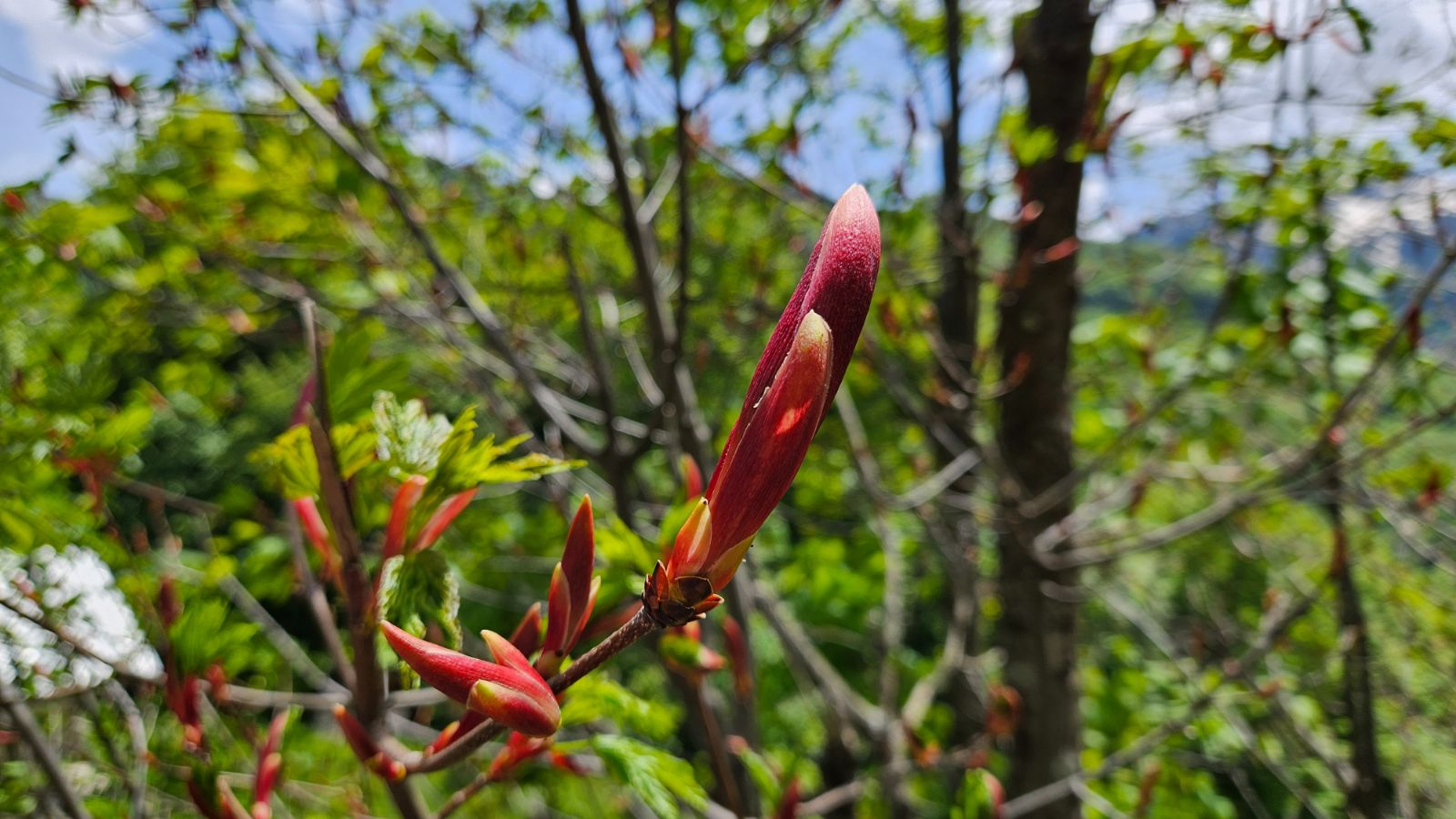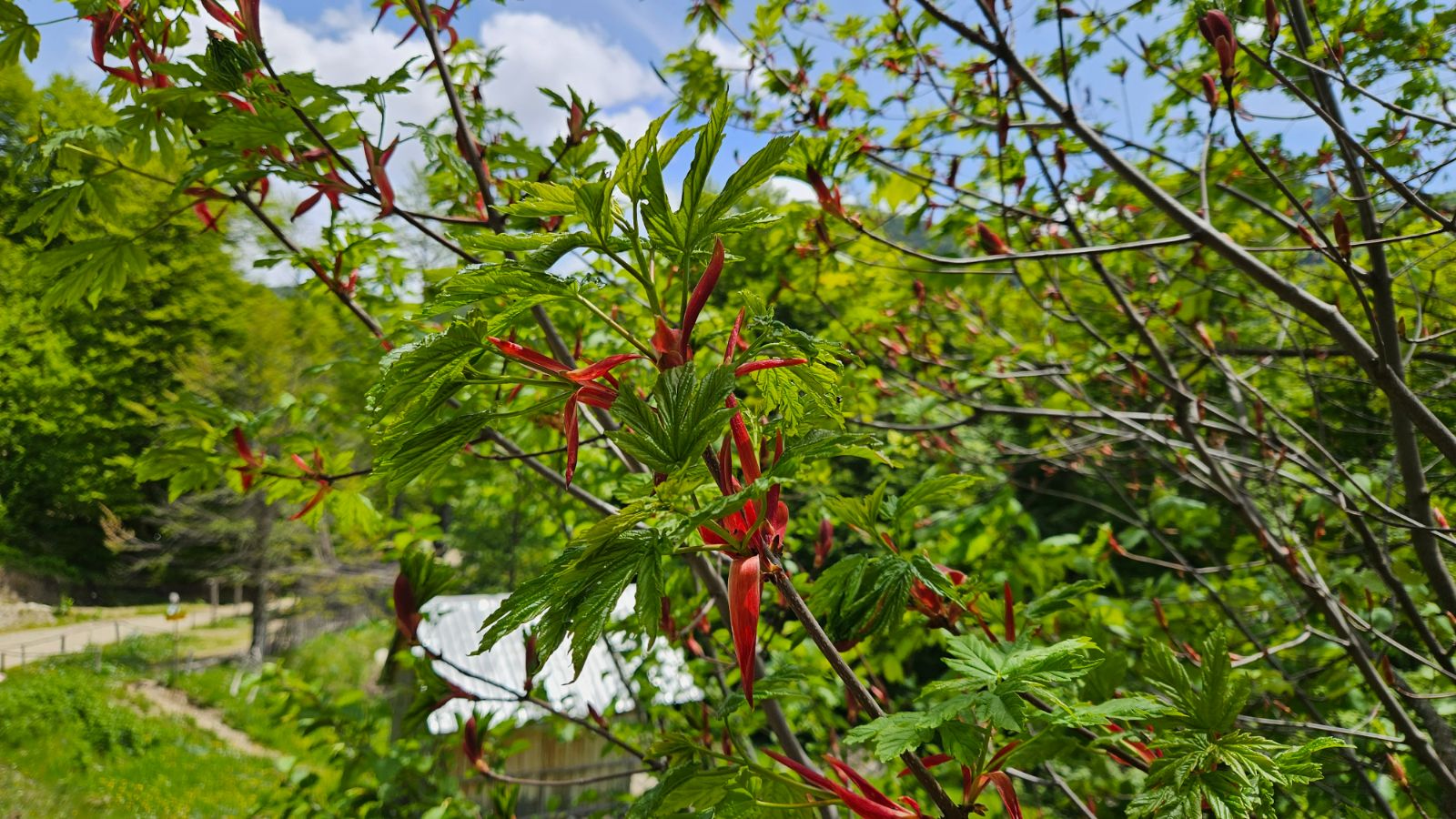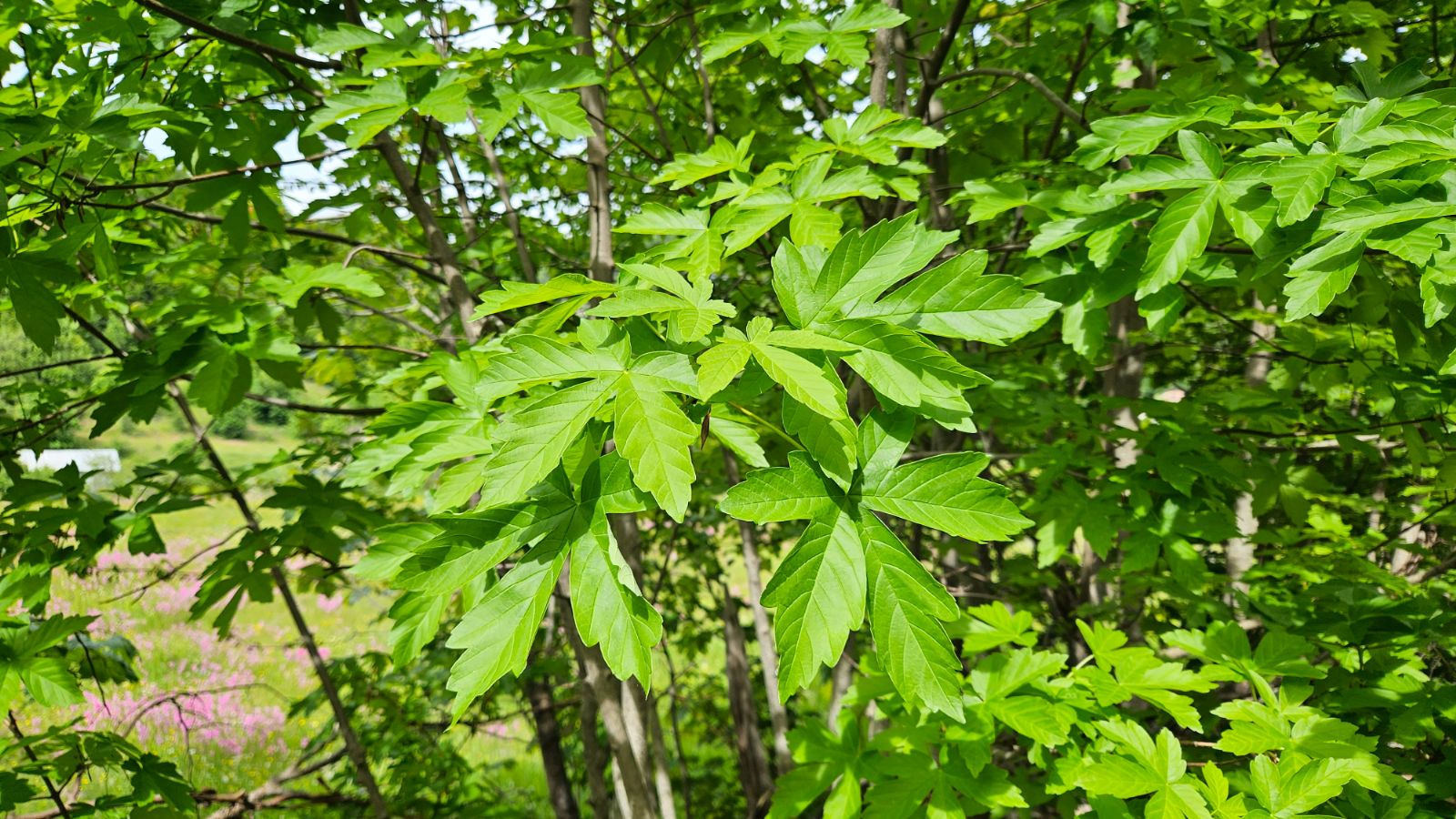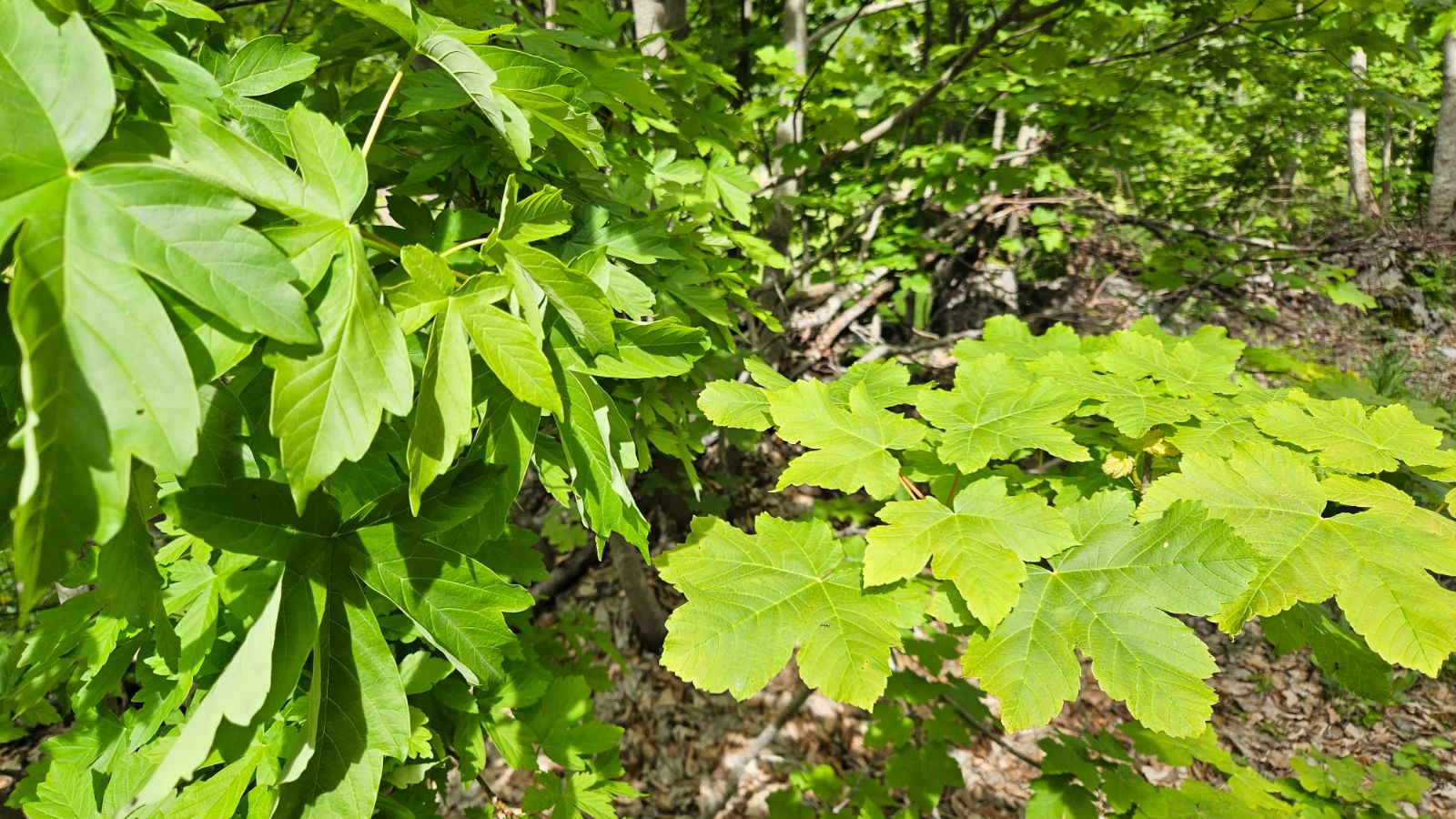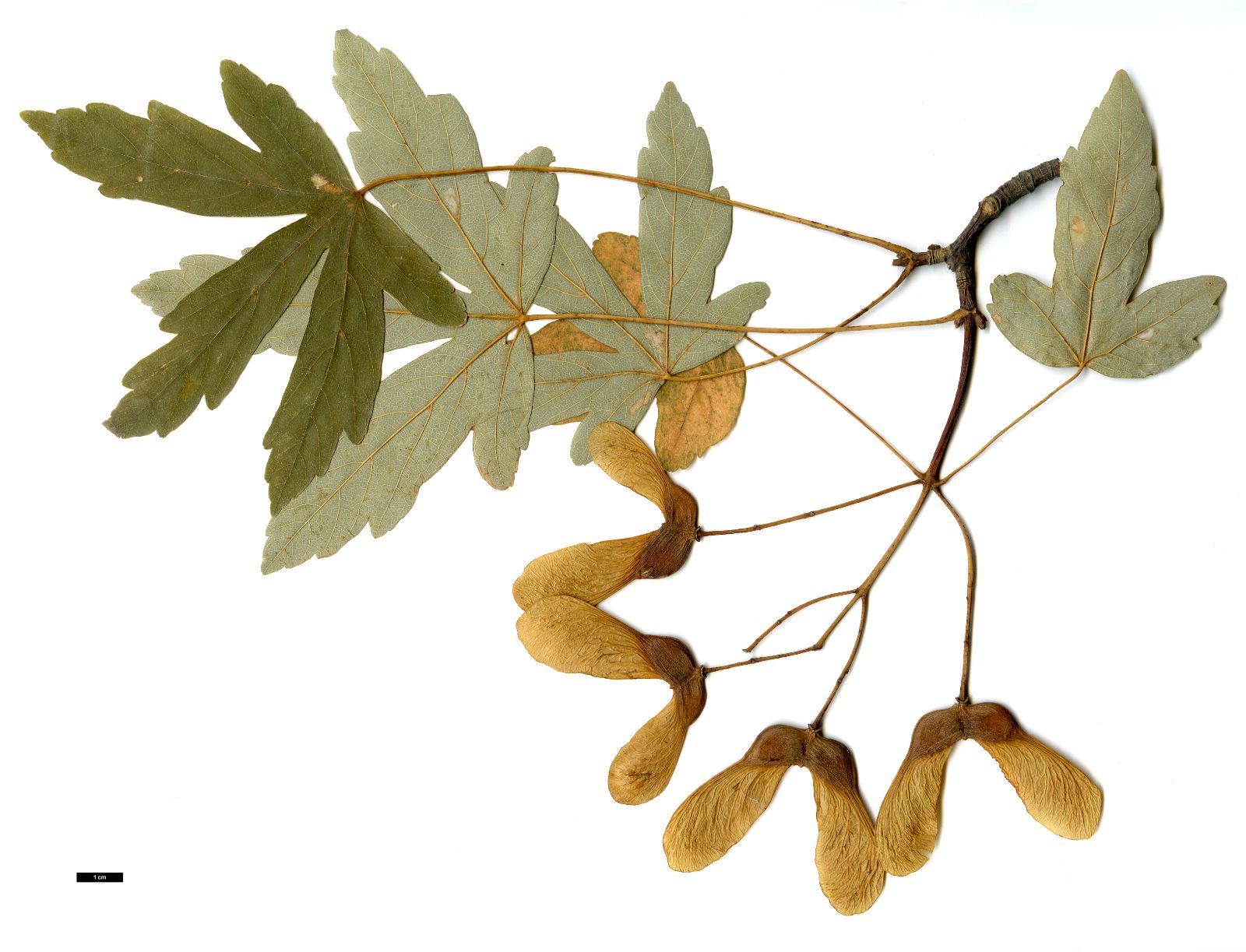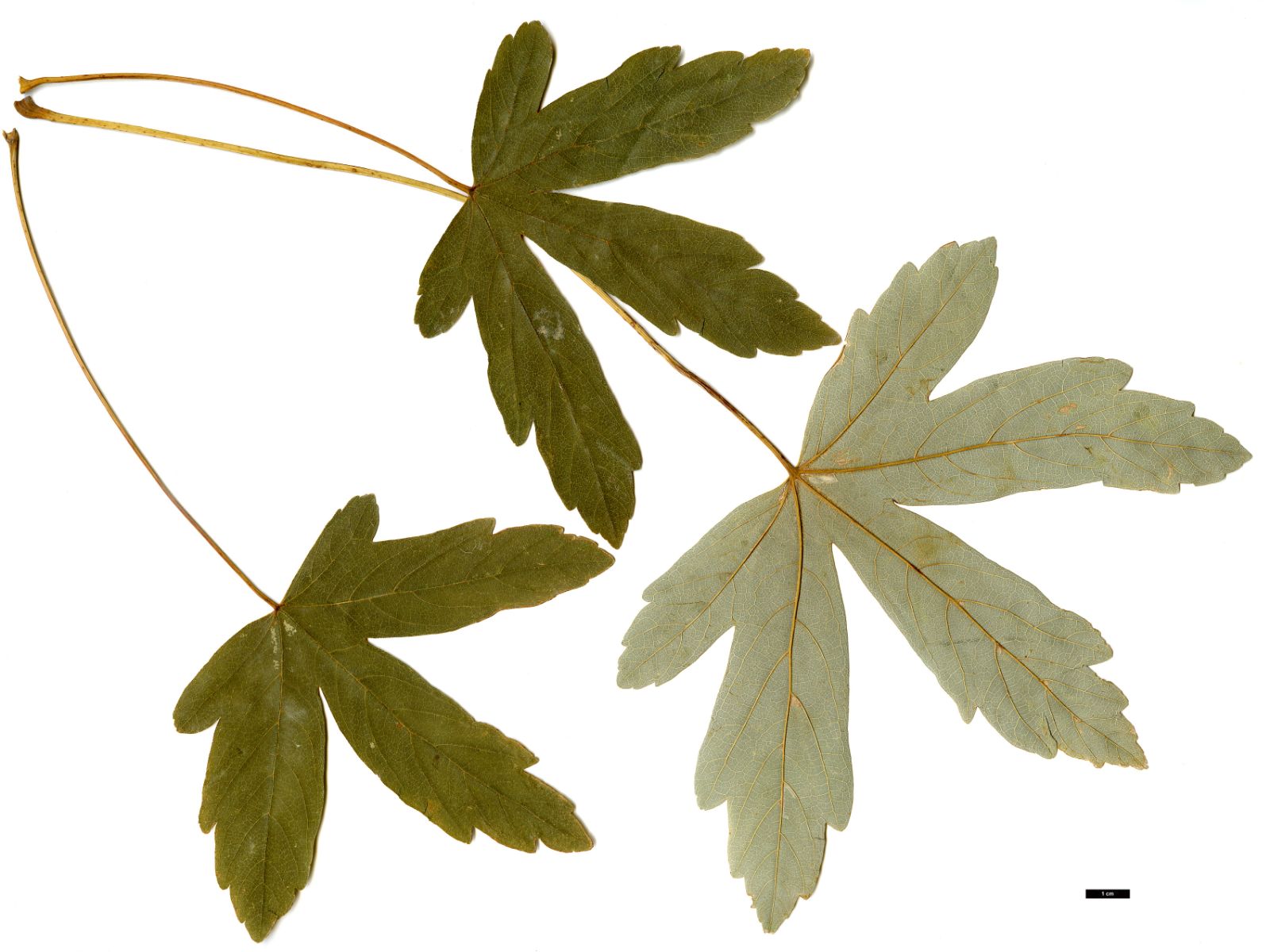Acer heldreichii
Sponsor
Kindly sponsored by
The Wynkcoombe Arboretum
Credits
Dan Crowley (2020)
Recommended citation
Crowley, D. (2020), 'Acer heldreichii' from the website Trees and Shrubs Online (treesandshrubsonline.
Genus
- Acer
- Sect. Acer
Common Names
- Greek Maple
- Balkan Maple
Infraspecifics
Other taxa in genus
- Acer acuminatum
- Acer amplum
- Acer argutum
- Acer barbinerve
- Acer buergerianum
- Acer caesium
- Acer calcaratum
- Acer campbellii
- Acer campestre
- Acer 'Candy Stripe'
- Acer capillipes
- Acer cappadocicum
- Acer carpinifolium
- Acer 'Cascade'
- Acer caudatum
- Acer ceriferum
- Acer chapaense
- Acer chienii
- Acer circinatum
- Acer cissifolium
- Acer × conspicuum
- Acer cordatum
- Acer coriaceifolium
- Acer × coriaceum
- Acer crataegifolium
- Acer davidii
- Acer diabolicum
- Acer distylum
- Acer divergens
- Acer duplicatoserratum
- Acer elegantulum
- Acer erianthum
- Acer 'Esk Flamingo'
- Acer fargesii
- Acer fenzelianum
- Acer flabellatum
- Acer forrestii
- Acer franchetii
- Acer × freemanii
- Acer fulvescens
- Acer 'Gimborn'
- Acer ginnala
- Acer glabrum
- Acer 'Gold Coin'
- Acer granatense
- Acer grandidentatum
- Acer griseum
- Acer henryi
- Acer × hillieri
- Acer hookeri
- Acer hyrcanum
- Acer japonicum
- Acer kawakamii
- Acer komarovii
- Acer laevigatum
- Acer laurinum
- Acer laxiflorum
- Acer lobelii
- Acer longipes
- Acer macrophyllum
- Acer mandshuricum
- Acer maximowiczianum
- Acer maximowiczii
- Acer metcalfii
- Acer miaotaiense
- Acer micranthum
- Acer 'Mindavi'
- Acer 'Minorient'
- Acer miyabei
- Acer miyabei × campestre
- Acer monspessulanum
- Acer morifolium
- Acer 'Mozart'
- Acer oblongum
- Acer obtusifolium
- Acer okamotoanum
- Acer oliverianum
- Acer opalus
- Acer orientale
- Acer palmatum
- Acer papilio
- Acer pauciflorum
- Acer pectinatum
- Acer pensylvanicum
- Acer pentaphyllum
- Acer pentapotamicum
- Acer pictum
- Acer pilosum
- Acer pinnatinervium
- Acer platanoides
- Acer platanoides × amplum
- Acer platanoides × truncatum
- Acer × pseudoheldreichii
- Acer pseudoplatanus
- Acer pseudosieboldianum
- Acer pubinerve
- Acer pycnanthum
- Acer rubescens
- Acer rubrum
- Acer rufinerve
- Acer saccharinum
- Acer saccharum
- Acer sempervirens
- Acer 'Serpentine'
- Acer serrulatum
- Acer shenkanense
- Acer sieboldianum
- Acer sikkimense
- Acer 'Silver Cardinal'
- Acer 'Silver Ghost'
- Acer sinense
- Acer sinopurpurascens
- Acer spicatum
- Acer stachyophyllum
- Acer taronense
- Acer tataricum
- Acer tegmentosum
- Acer tenellum
- Acer tetramerum
- Acer tibetense
- Acer tonkinense
- Acer triflorum
- Acer truncatum
- Acer tschonoskii
- Acer turkestanicum
- Acer tutcheri
- Acer ukurunduense
- Acer velutinum
- Acer wardii
- Acer 'White Tigress'
- Acer wilsonii
- Acer × zoeschense
A deciduous tree to 25 m or more in the wild. Bark grey to pale brown, smooth. Branchlets glabrous, grey to brown. Buds long ovoid, acute, with 5 to 10 pairs of imbricate scales, dark red. Leaves chartaceous, broadly pentagonal to rectangular in outline, base truncate to subcordate, (3–) 5-lobed, 8–15 × 8–15 cm, lobes narrow oblong to ovate, deeply dissected, apices acute, margins remotely toothed to lobulate apically, upper surface dark green, lower surface paler, glabrous, except along main veins; petiole 4–6(–10) cm long, reddish, faintly grooved; autumn colours yellow to brown. Inflorescence terminal, large, corymbose, glabrous, somewhat erect, few to many flowered. Flowers yellow, 5-merous, andromonoecious. Samaras 3–5 cm long, wings spreading at obtuse angles; nutlets ovoid. Flowering in May, with the unfolding leaves, fruiting in October. (Krüssmann 1984; van Gelderen et al. 1994; van Gelderen & van Gelderen 1999; le Hardÿ de Beaulieu 2003).
Distribution Albania Bosnia and Herzegovina Bulgaria Greece North Macedonia Montenegro Serbia
Habitat Mixed deciduous forests and alpine habitats between 900 and 2200 m asl.
USDA Hardiness Zone 6-7
RHS Hardiness Rating H5
Conservation status Least concern (LC)
Acer heldreichii was introduced to Britain in 1879 and to North America in, or before, 1896 (Jacobson 1996). As stated by Clarke (1988), many of the plants in cultivation (excluding those of subsp. trautvetteri) remain of uncertain status regarding their identity within the species. It is recorded in several collections but very few trees, if any, are of documented wild origin. At Westonbirt Arboretum, Gloucestershire, examples are of tidy, if unspectacular form, and are host to the leaf spot fungus known as ‘sycamore tar spot’ and ‘tar spot of maples’, Rhytisma acerinum. The species readily hybridises with A. pseudoplatanus in the wild (A. × pseudoheldreichii) and van Gelderen et al. (1994) stated that many plants in cultivation may actually belong to this hybrid rather than to A. heldreichii. Though these two species are closely related, they are easily distinguishable by foliar characters, with the lobes of A. heldreichii rather narrower and more oblong in outline than those of A. pseudoplatanus. Also, the buds of A. heldreichii are brown, whereas in A. pseudoplatanus they are green.
subsp. trautvetteri (Medvedev) Murray
Synonyms
Acer trautvetteri Medvedev
Acer insigne sensu Nicholson, non Boissier & Buhse
Acer insigne var. trautvetteri (Medvedev) Pax
Subsp. trautvetteri has leaves less deeply lobed than the typical subspecies, with buds with bright red inner scales. (van Gelderen et al. 1994; le Hardÿ de Beaulieu 2003).
Distribution
- Georgia
- Russia – North Caucasus
- Turkey
RHS Hardiness Rating: H6
USDA Hardiness Zone: 5-6
Acer heldreichii subsp. trautvetteri was introduced from the Caucasus in 1866 by the French botanist and plant collector G.B.J. Balansa, who sent to seed to van Volxem’s nursery in Belgium (Elwes & Henry 1906–1913). Although it is now ancient history, it is of great interest in the current period of climate change to read the statement made by Augustine Henry that ‘Van Volxem informed Sir Joseph Hooker that it was the hardiest of the eighty species and varieties of maple cultivated by him, having escaped without injury the disastrous winters of 1879–1880 and 1880–1881; and, being a late grower, it had never even been nipped by spring frosts.’ Despite this testimonial Elwes & Henry were unable to cite any significant specimens, save a young tree at Grignon, France.
In contrast with the other taxa within Acer heldreichii, subsp. trautvetteri is now well represented in collections by well-documented accessions. TURX 213, collected on Mark Pitman and Mark Flanagan’s expedition to Turkey in 1990, grows at RBG Kew and at Wakehurst, West Sussex.The Turkey Darwin Initative Expedtion in 2005 (TUDI or sometimes TDI) made several collections: TUDI 38 and 85 are establishing well at RBG Edinburgh, while specimens of TUDI 93 have also established very well at Westonbirt, with one particularly vigorous on sandy soil, while a plant of TUDI 38 is of comparable vigour in somewhat damper conditions at Westonbirt. A further collection from that region made by Dan Hinkley, under DHTU 0071, grows at Cornell Botanic Gardens, New York (American Public Gardens Association 2017). Most recently, introductions have been made from the Russian Caucasus by staff from RBG Edinburgh and RBG Kew. This material is represented at both institutions, but bizarrely under different collector codes: CJLU 55 and 126 at Edinburgh, and JLMU 55 and 126 at Kew.
var. macropterum (Visiani) Pax
Synonyms
Acer heldreichii subsp. visianii K. Maly
Acer macropterum Vis.
Var. macropterum has fruits larger than the typical form of the species. (van Gelderen et al. 1994).
Distribution
- Bulgaria
- North Macedonia
- Montenegro
- Serbia
RHS Hardiness Rating: H5
USDA Hardiness Zone: 6-7
Plants grown as var. macropterum (and subsp. visianii, a synonym) are present in cultivation, including at the Arnold Arboretum and RBG Edinburgh (Arnold Arboretum 2018; Royal Botanic Garden Edinburgh 2018). The RBGE plant was sourced from the Späth nurseries in c. 1903 and was 14 m, dbh 64 cm in 2014. It has added almost no height in recent years and appears to be in slow decline. (BG-BASE data 2020).

